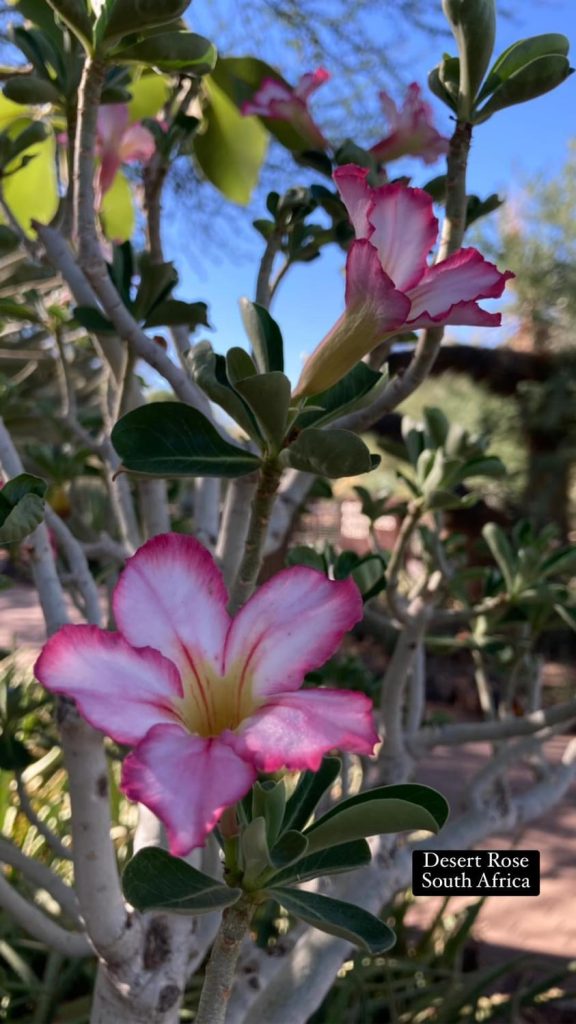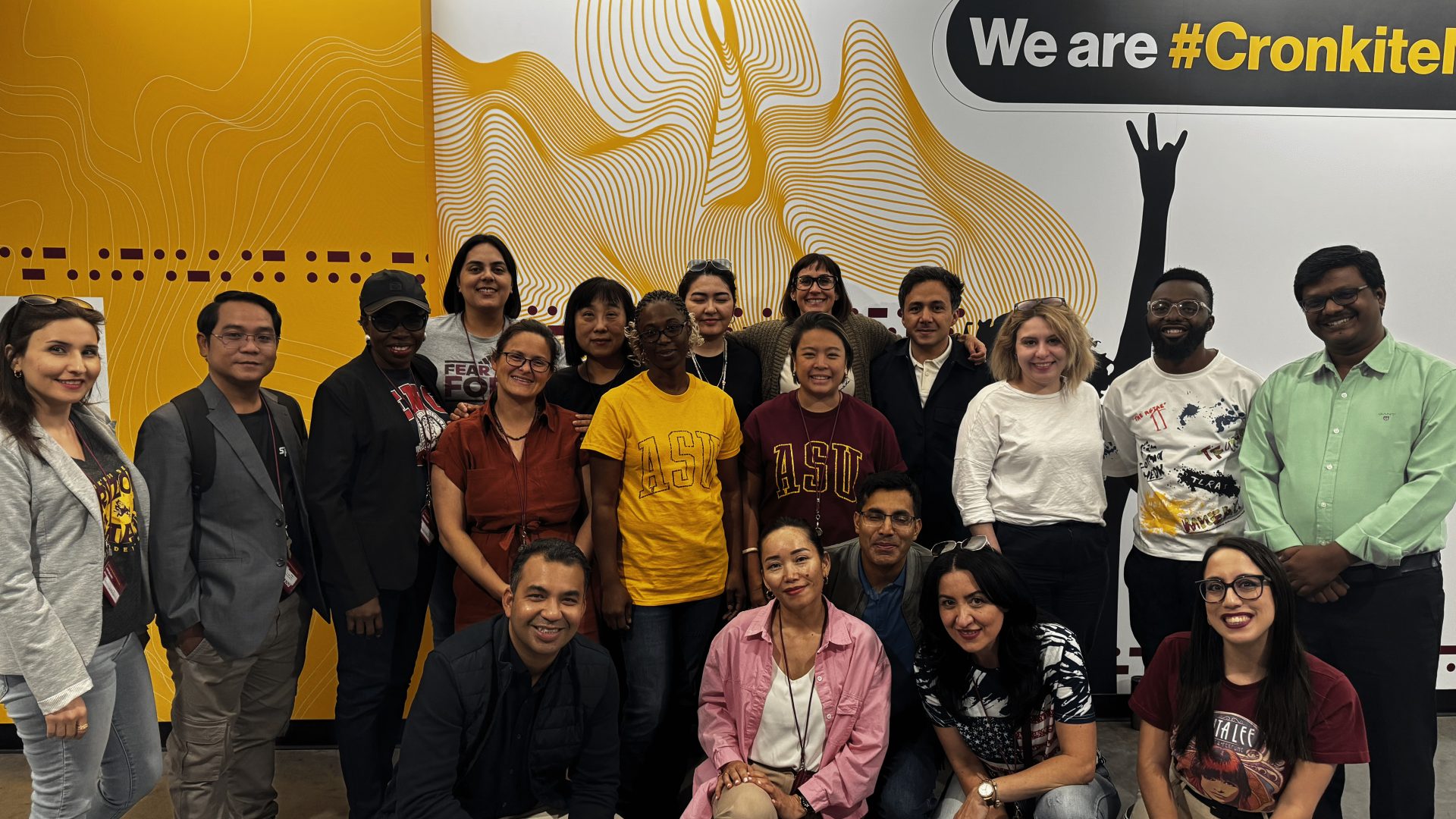From media literacy, para-social relationships with personalities, and generative AI, to community journalism, the conversations with Dr. Kristy Roschke, Director of the Cronkite School’s News Co/Lab, became an invitation for SUSI scholars to engage in a collaborative discourse on media literacy from different contexts, not to mention cultures. As the discussions continued, Prof. Roschke tied up the sessions with perspectives that I know I’ll keep going back to as a communications instructor: “Who is left out of the story is one of the reasons why many people (in the US) don’t trust the news… So much of what we experience in life is nuanced.”
“Nuanced,” I find myself repeating as scenes from my classes trickled in, including reveries of interactions with people I’ve had over the years. After teaching and mentoring students for about thirteen years, a pressing question surfaced: “Do students find the classes engaging and relevant to their needs despite the nuances?”
Taking this to a more amplified level in terms of media information literacy in the community that a journalist ought to be serving, it’s essential to ask, “Does the community find the information relevant and engaging?” or “Do they feel that they are part of the narrative or story being broadcast or published?”
It is in situations like this that we understand just how much the word “nuanced” matters in the journalism practice. That being said, it has become even more urgent to engage people as community journalists who clearly understand complexities and nuances in the information ecosystem and as human beings who genuinely care about helping others make better conscious decisions about what matters in their individual lives.
Localized media literacy initiatives
Engaging community journalism entails recognizing the dominant narrative and highlighting a more specific narrative for a specific community’s need or context. Based on our talks over the first two days of Week 2, this can be done by localizing media literacy initiatives with an emphasis on Bloom’s Taxonomy regarding teaching and research activities: Access, Analyze, Evaluate, Create, and Act. To help jumpstart the brainstorming process, Prof. Roschke generously shared her experiences and the work she has been doing with her students and colleagues.

The truth is, the examples, learning resources, and research materials shared with us by ASU’s Walter Cronkite School of Journalism and Mass Communication are significantly helpful in updating, improving, and developing innovative strategies in the communication and journalism classroom.
As I have seen time and again in the places we’ve been and the people we’ve talked to so far, the practices of student engagement, knowledge creation, and knowledge sharing in ASU are a direct reflection of its charter, specifically the phrases, “measured not by whom it excludes, but by whom it includes and how they succeed” and “advancing research and discovery of public value.” From the dean and professors to students across schools and campuses, it is remarkable how the charter is embedded in their ways of thinking and their ways of being. To be more precise, “whom it includes,” “how they succeed,” and “public value” are embedded in their DNA.
Crafting shared experiences
Taking the idea of localized initiatives further, it’s great how the SUSI Institute at ASU crafted the six-week program to include cultural immersion that creates shared experiences among scholars that strengthen camaraderie and friendship across cultures. A perfect example? Baseball! From Cronk to Chase Field, we had our first experience with America’s favorite pastime and watched the game between the Arizona Diamondbacks and the Los Angeles Angels.
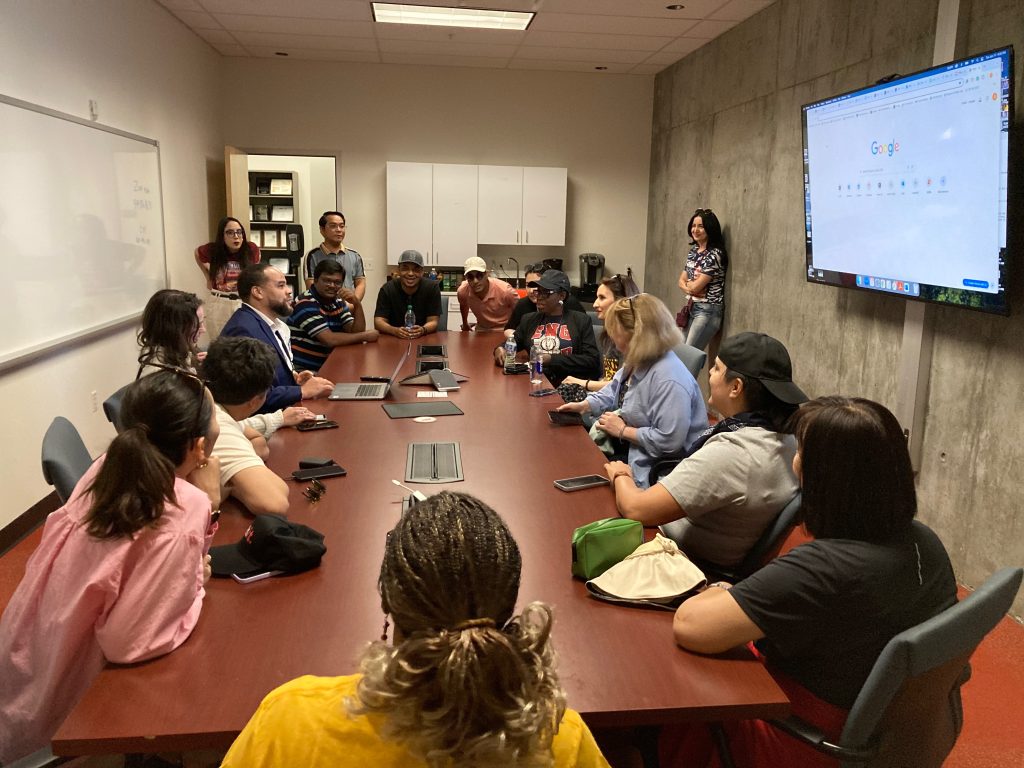
After a brief talk on Baseball 101 with the ASU Sports Bureau, we headed out to the field in Section 222, which had VIP box seats that offered all-you-can-eat classic ballpark foods: Lay’s chips, popcorn, roasted nuts, hot dogs, and soda. I’d like to add Cracker Jacks to that list, thanks to Prof. Dawn Gipin.
Some of us stayed up until the game ended, which was about 10:00 p.m. It was all worth it, by the way. The D-Backs won by a landslide, 9-4! Thanks to this awesome night, we can sing “Take Me Back to the Ball Game” for years! And since it was Issaaf’s birthday today, experiencing the game with everyone made this day extra special.
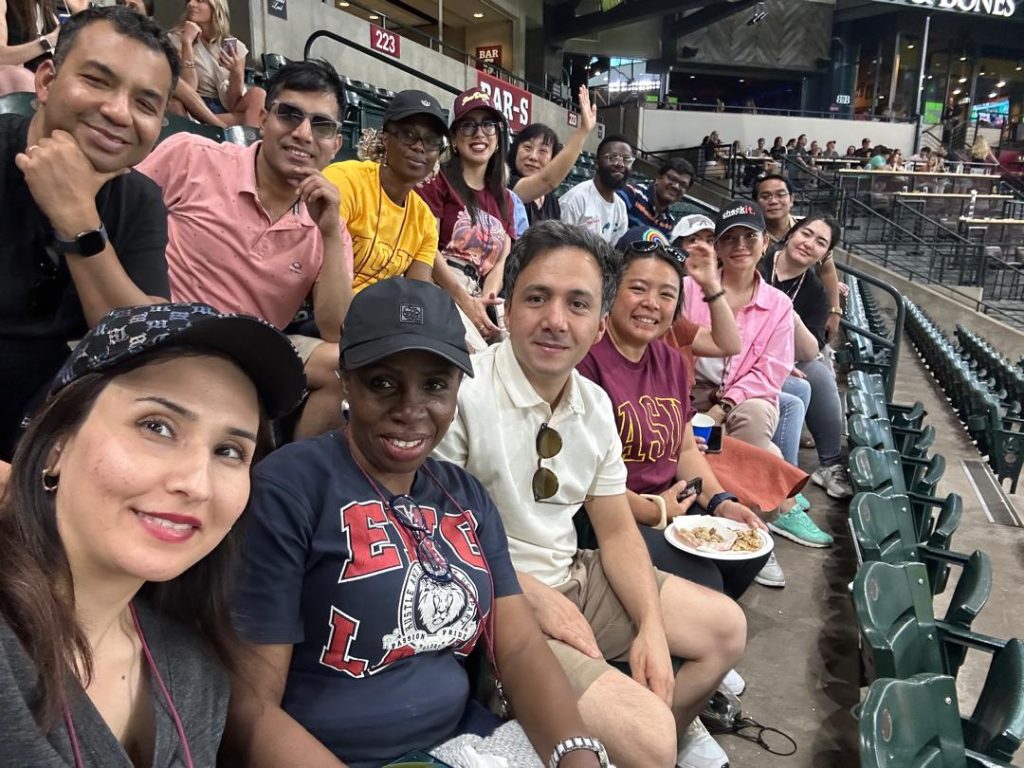
In addition to the Chase Field experience, some of us were able to go for an early morning excursion to the Desert Botanical Garden. During the strolls along the trails, we saw magnificent and entrancing desert flora like no other.
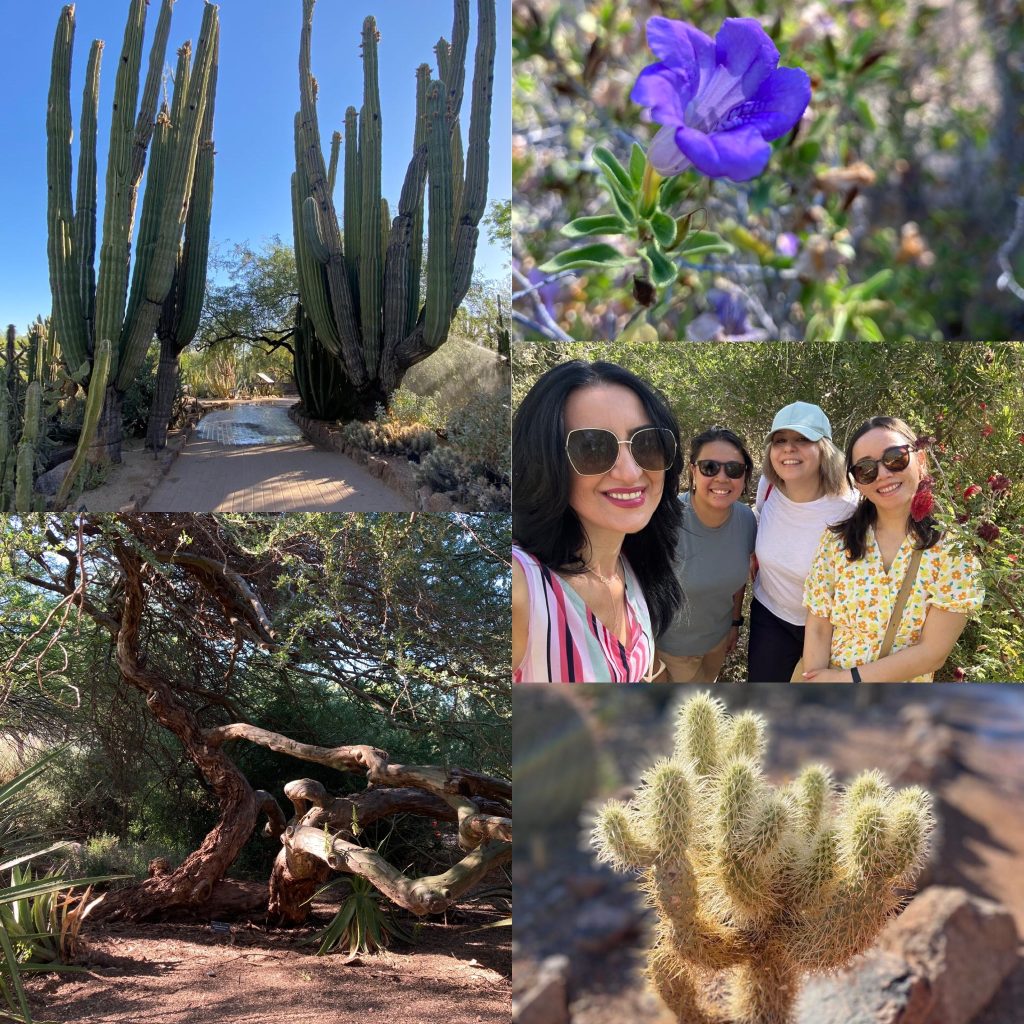
One flower in particular that I was drawn to and captivated by was the Sahara Desert Rose (Adenium obesum) of South Africa. Recognized as a cultural emblem, it epitomizes strength and resilience because it flourishes in arid and harsh environments.
Tracing the graceful outline of its delicately red-themed vibrant blooms atop the entwining branches, I was reminded of the day’s events. Indeed, the Sahara Desert Rose is a worthy metaphor for communicators and journalists. Despite the harsh environment of the times, we bloom and thrive – strong, resilient, and mindful.
